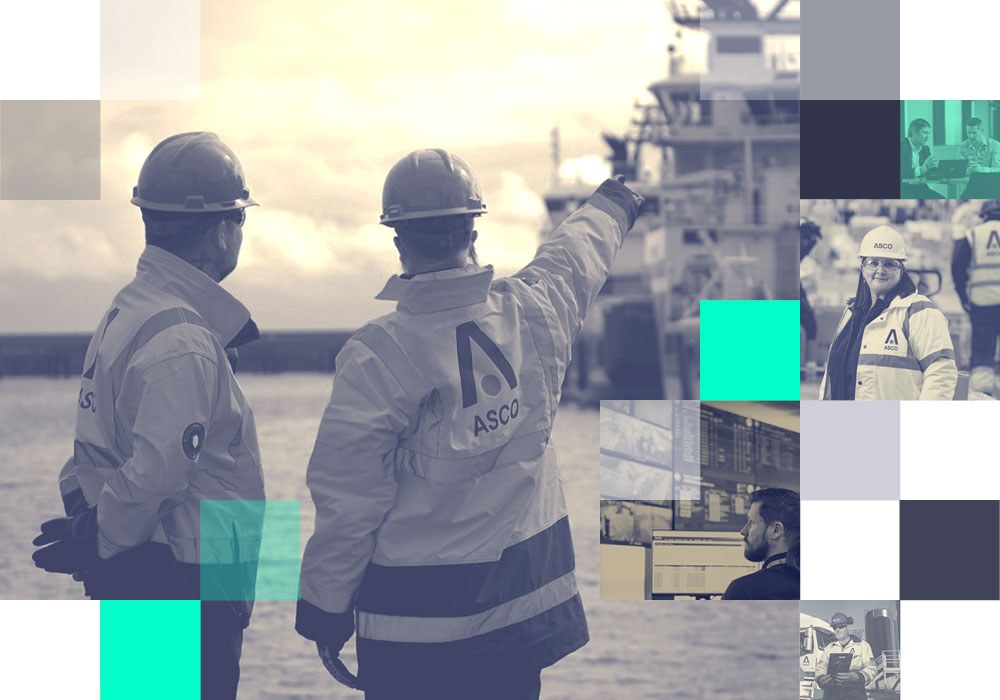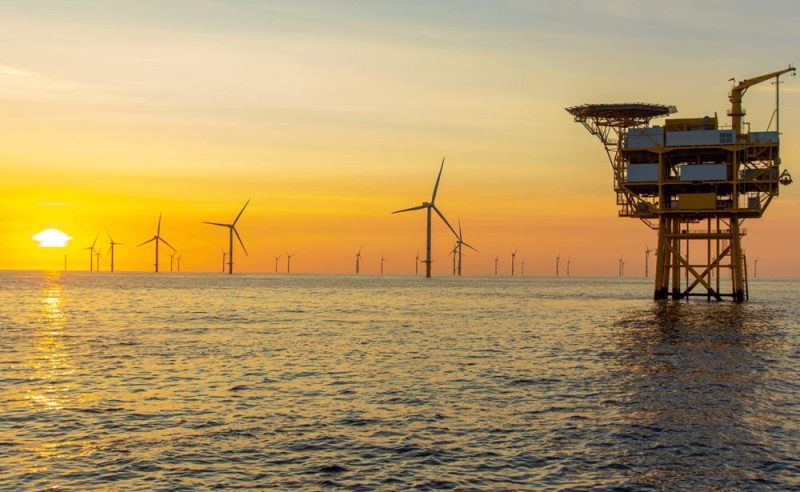A new study finds that the scale, speed, and ambitious targets driving Scotland’s offshore wind industry demand a strategic approach to supply chain development. Strengthening resilience will require both the diversification of port operations and focused investment in key infrastructure such as wet storage and integration berths.
The comprehensive simulation modelling project was developed collaboratively by leading logistics and materials management company ASCO, international engineering consultancy Haskoning, and Scottish Enterprise. It has identified critical bottlenecks, like limited wet storage for floating units and insufficient integration capacity, pinpointing where targeted capital expenditures can deliver the greatest impact.
Using Witness, Haskoning’s state-of-the-art simulation software, the pioneering project created a highly detailed model of Scotland’s offshore wind logistics network. ASCO and Scottish Enterprise's engagement with developers and ports identified the ports capable of supporting both floating and fixed-bottom offshore wind construction. Four strategic approaches were applied to determine the most suitable and resilient option – offering data-driven decision support for industry stakeholders and government bodies.
Weather and uncertainty in port planning
The rapid expansion of offshore wind, particularly in the complex floating sector, is unfolding in a ‘low information environment,’ with limited precedent to guide development at such scale. Traditional logistics planning methods struggle to account for critical variables like unpredictable weather and global supply chain disruptions.
2 million vessel movements simulated over 10 years
To overcome this, the model simulated a 10-year period for 30 different scenarios across the four port strategies, accounting for uncertainties and variabilities. With thousands of vessel movements in each scenario and multiple replications, the simulation analysed more than 2 million vessel movements to propose the best options.
Targeted investment can accelerate offshore wind delivery
By directing investment to the port locations deemed most suitable by Haskoning, stakeholders can avoid broader operational disruptions and unnecessary costs, ultimately reducing overall capital expenditure and accelerating project delivery.
This work comes at a pivotal moment. The UK government is committed to making Britain a clean energy superpower and earlier this year made a welcome announcement that Great British Energy will support the development of the UK’s offshore wind supply chain with £300 million of grant funding to attract large private investment. This funding aligns closely with the simulation project’s findings, offering a timely opportunity to address identified infrastructure gaps and accelerate the deployment of offshore wind at scale.
Thuy-Tien LeGuenDang, Head of New Energy & Net Zero, ASCO stated, "This project represents a significant leap forward in understanding the intricate logistics of offshore wind development in Scotland. The data and insights gained from this simulation are invaluable for strategic planning, allowing us to proactively address potential bottlenecks and optimise our operations. It reinforces the critical importance of a collaborative approach to ensure Scotland can fully leverage its immense offshore wind potential and deliver on its ambitious energy targets."
Steve Jones, Leading Professional for Simulation at Haskoning, added: "Our work demonstrates that simulation could be a critical enabler for making better decisions in this high-stakes environment. It allows stakeholders – from government and developers to port operators and manufacturers – to test 'what-if' scenarios, understand the true impact of variables like weather and supply chain disruptions, and ultimately, sleep well at night knowing they've made an informed choice that avoids costly pitfalls."
The findings are currently being shared with key industry stakeholders and government bodies to inform future investment decisions and foster a more integrated and resilient offshore wind supply chain in Scotland.




